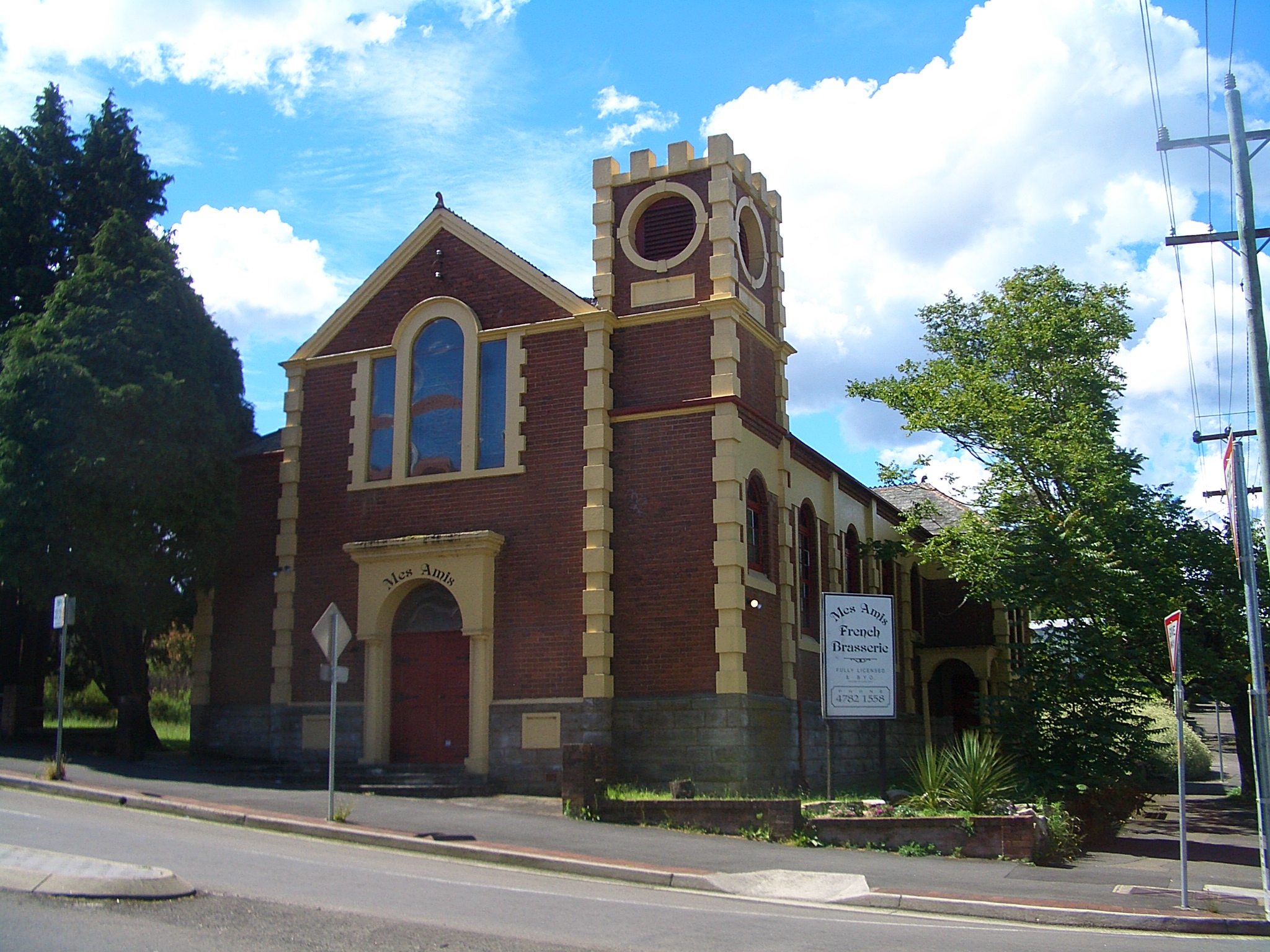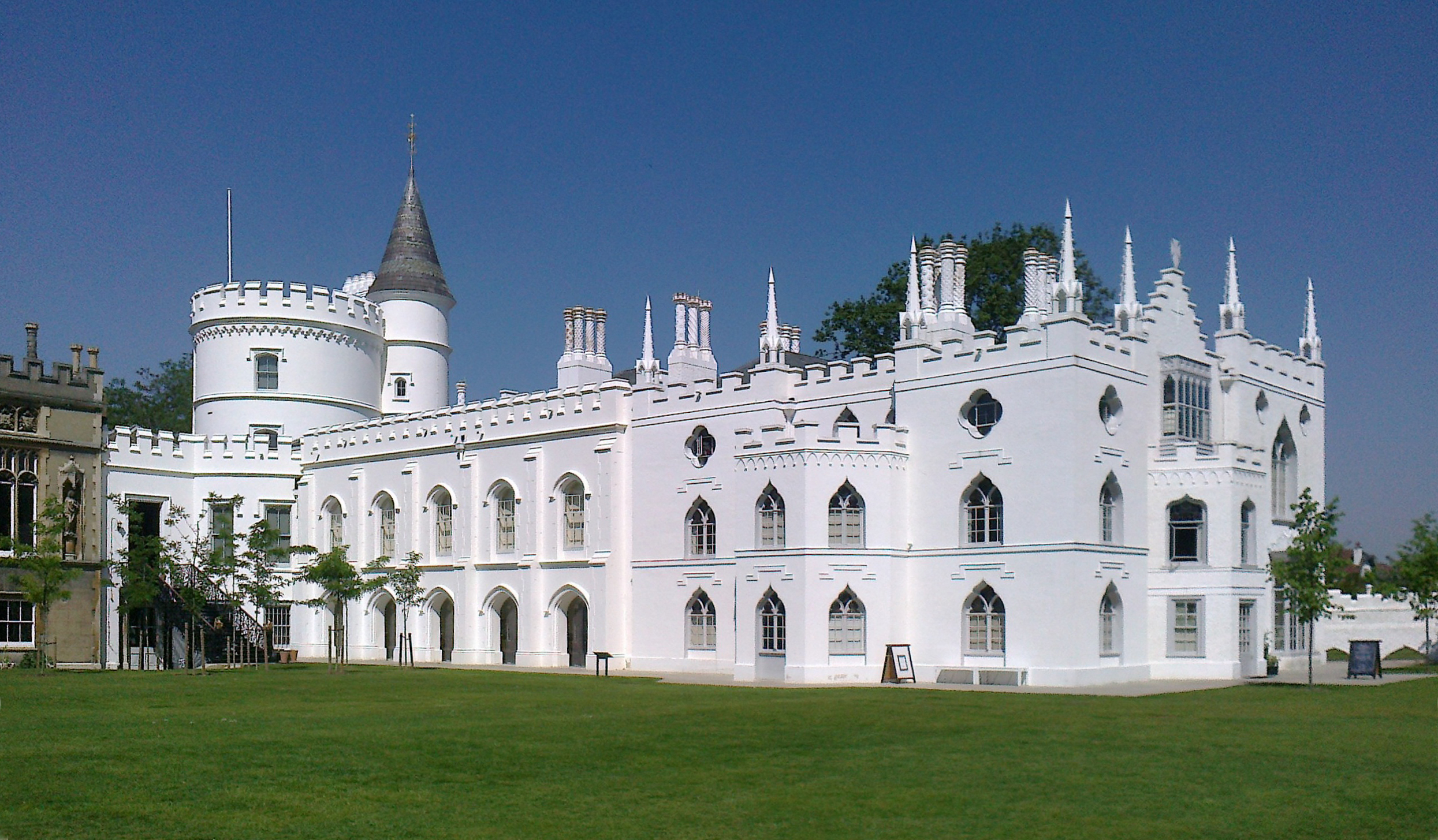|
The Nunnery, Douglas
The Nunnery is an estate outside of Douglas on the Isle of Man, named after a religious foundation on the site, at . The Nunnery is located on Old Castletown Road, Braddan. In 1999, the estate was acquired for the Isle of Man International Business School, now part of the University College Isle of Man. History Monastic era The Priory of Douglas was a monastery of nuns, possibly dating to the reign of Rǫgnvaldr Guðrøðarson, King of the Isles (1187-1226). King Robert Bruce spent the night at the nunnery on Sunday, May 22, 1313 prior to beginning his siege of Rushen Castle the next day. He took the castle three weeks later. The nunnery was suppressed by King Henry VIII in 1540. Nothing remains of the monastery. In 1610, the Nunnery was granted to the Earl of Derby by King James. Post Dissolution The buildings were acquired by Richard Calcot, Comptroller of the Isle of Man, who is said to have married the last Prioress, Margaret Goodman. The family occupied a house on the s ... [...More Info...] [...Related Items...] OR: [Wikipedia] [Google] [Baidu] |
John Taubman
Major John Taubman (1746–1822) was a Manx politician. He was born in Castletown, Isle of Man, the son of John and Esther (née Christian) Taubman and entered the Manx Parliament, the House of Keys in 1799, following the death of his father. He served as Speaker from 1799 until his death in 1822. In 1799, he raised the Douglas Volunteers, of which he was Major Commandant. He also served as Major of the Isle of Man Volunteers. Both were military groups created to defend the island in the event of an invasion by Napoleon's forces. He died at his home, the Nunnery, in Braddan, Isle of Man on 1 Dec 1822 and was buried at Kirk Malew.Royal Lineage of Our Noble and Gentle Families ''Joseph Foster'', vol 2 page 60 He had married Dorothy Christian, daughter of John Christian, in 1774. [...More Info...] [...Related Items...] OR: [Wikipedia] [Google] [Baidu] |
Culture Vannin
Culture Vannin is the trading name for the Manx Heritage Foundation, established in 1982 by the Isle of Man Government to promote Manx culture, heritage and language. It was rebranded in February 2014, having previously been known as the "Manx Heritage Foundation" ( gv, Undinys Eiraght Vannin), since the former title "held connotations more towards the cultural history of the island" which were not felt to be accurate to the organisation's progressive approach to invigorating Manx culture.'Re-brand to better reflect its work' News item on IOM Today, published 18 February 2014 Culture Vannin's motto is "Taking our culture forward". Organisation The management board of the Foundation consists of two[...More Info...] [...Related Items...] OR: [Wikipedia] [Google] [Baidu] |
Isle Of Man International Business School
The Isle of Man International Business School ( gv, Scoill Dellal Eddyrashoonagh Vannin) is an institution of higher education on the Isle of Man. The Business School is located in the Nunnery mansion estate, close to the island's capital Douglas. It provides various academic degrees and professional qualifications in many different areas of business and finance, to students from all around the world. The building changed its use in 2012. From a standalone institution, it has become a campus of the Isle of Man College dedicated to higher education. In 2016, the college changed its name to University College Isle of Man University College Isle of Man (UCM; gv, Colleish-Olloscoill Ellan Vannin) is the primary centre for tertiary, vocational education, higher education and adult education on the British Crown dependency of the Isle of Man, located in the Manx ca ... (UCM). External links Isle of Man International Business School web site Educational organisations b ... [...More Info...] [...Related Items...] OR: [Wikipedia] [Google] [Baidu] |
George Taubman Goldie
Sir George Dashwood Taubman Goldie (20 May 1846 – 20 August 1925) was a Manx administrator who played a major role in the founding of Nigeria. In many ways, his role was similar to that of Cecil Rhodes elsewhere in Africa but he did not seek publicity. Early life George Goldie descended from an old Scottish family. Born at The Nunnery, Douglas in the Isle of Man, the youngest son of Lieutenant Colonel John Taubman Goldie-Taubman, Speaker of the House of Keys, by his second wife Caroline Everina, daughter of John Eykyn Hovenden, a barrister of Hemingford Grey, Huntingdonshire. Sir George resumed his paternal name, Goldie, by Royal Licence in 1887. He was educated at the Royal Military Academy, Woolwich, and for about two years held a commission in the Royal Engineers. Unusually for the time, Goldie was a convinced atheist. In 1870, he married, Matilda "Maude" Catherine, daughter of John William Elliott of Wakefield. He travelled in all parts of Africa, gaining an ext ... [...More Info...] [...Related Items...] OR: [Wikipedia] [Google] [Baidu] |
Deconsecrated
Deconsecration, also called secularization, is the act of removing a religious blessing from something that had been previously consecrated by a minister or priest of that religion. The practice is usually performed on churches or synagogues to be rendered to non-religious (secular) use or demolished. See also * Consecration * Desacralization of knowledge * Desecration * Secularization (church property) Secularization is the confiscation of church property by a government, such as in the suppression of monasteries. The term is often used to specifically refer to such confiscations during the French Revolution and the First French Empire in the ..., the confiscation of church property by a government References {{religion-stub Christian worship and liturgy ... [...More Info...] [...Related Items...] OR: [Wikipedia] [Google] [Baidu] |
Coach House
Coach may refer to: Guidance/instruction * Coach (sport), a director of athletes' training and activities * Coaching, the practice of guiding an individual through a process ** Acting coach, a teacher who trains performers Transportation * Coach (bus), an automotive vehicle for long-distance travel *Coach (carriage), a horse-drawn vehicle * Coach (passenger car), a type of railroad car * Coach (scheduled transport), the mode of transport using such vehicles **Coach Canada, a Canadian bus transport company ** Coach USA, an American bus transport company * Coach class, a category of transport seating * Ehroflug Coach II S, a Swiss ultralight aircraft design * Funeral coach, a vehicle for carrying the deceased Business *Coach, Inc. (now Tapestry, Inc.), the parent company of Coach New York and other fashion brands **Coach New York (aka Coach), an American company specializing in luxury accessories such as handbags Art, media, and entertainment Characters * Coach (comics), a Marve ... [...More Info...] [...Related Items...] OR: [Wikipedia] [Google] [Baidu] |
Gothic Revival Architecture
Gothic Revival (also referred to as Victorian Gothic, neo-Gothic, or Gothick) is an architectural movement that began in the late 1740s in England. The movement gained momentum and expanded in the first half of the 19th century, as increasingly serious and learned admirers of the neo-Gothic styles sought to revive medieval Gothic architecture, intending to complement or even supersede the neoclassical styles prevalent at the time. Gothic Revival draws upon features of medieval examples, including decorative patterns, finials, lancet windows, and hood moulds. By the middle of the 19th century, Gothic had become the preeminent architectural style in the Western world, only to fall out of fashion in the 1880s and early 1890s. The Gothic Revival movement's roots are intertwined with philosophical movements associated with Catholicism and a re-awakening of high church or Anglo-Catholic belief concerned by the growth of religious nonconformism. Ultimately, the "Anglo-Catholicism" t ... [...More Info...] [...Related Items...] OR: [Wikipedia] [Google] [Baidu] |
Strawberry Hill House
Strawberry Hill House—often called simply Strawberry Hill—is a Gothic Revival architecture, Gothic Revival villa that was built in Twickenham, London, by Horace Walpole (1717–1797) from 1749 onward. It is a typical example of the "#Strawberry Hill Gothic, Strawberry Hill Gothic" style of architecture, and it prefigured the nineteenth-century Gothic Revival. Walpole rebuilt the existing house in stages starting in 1749, 1760, 1772 and 1776. These added Gothic features such as towers and battlements outside and elaborate decoration inside to create "gloomth" to suit Walpole's collection of antiquarian objects, contrasting with the more cheerful or "riant" garden. The interior included a Robert Adam fireplace; parts of the exterior were designed by James Essex. The garden contained a large seat shaped like a Rococo sea shell, which was recreated in the 2012 restoration of the garden, one of the many examples of historic garden conservation in the UK. Under Horace Walpole P ... [...More Info...] [...Related Items...] OR: [Wikipedia] [Google] [Baidu] |
Bath, Somerset
Bath () is a city in the Bath and North East Somerset unitary area in the county of Somerset, England, known for and named after its Roman-built baths. At the 2021 Census, the population was 101,557. Bath is in the valley of the River Avon, west of London and southeast of Bristol. The city became a World Heritage Site in 1987, and was later added to the transnational World Heritage Site known as the "Great Spa Towns of Europe" in 2021. Bath is also the largest city and settlement in Somerset. The city became a spa with the Latin name ' ("the waters of Sulis") 60 AD when the Romans built baths and a temple in the valley of the River Avon, although hot springs were known even before then. Bath Abbey was founded in the 7th century and became a religious centre; the building was rebuilt in the 12th and 16th centuries. In the 17th century, claims were made for the curative properties of water from the springs, and Bath became popular as a spa town in the Georgian era. ... [...More Info...] [...Related Items...] OR: [Wikipedia] [Google] [Baidu] |





